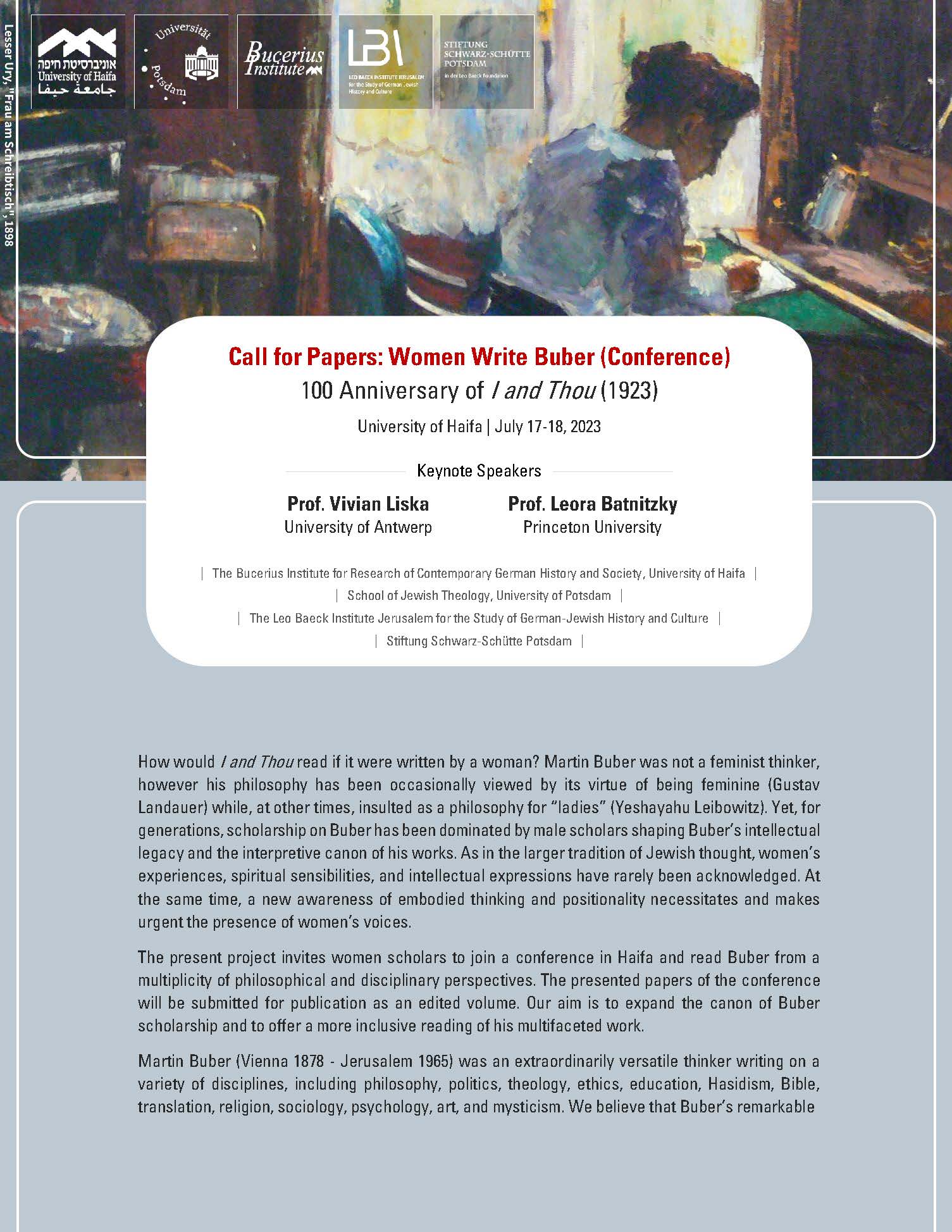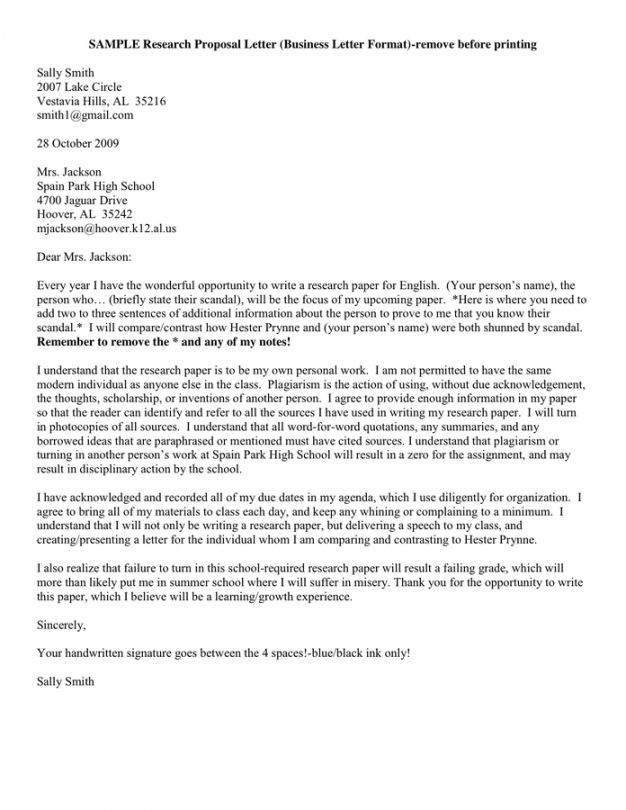There are a few important tips that you should keep in mind when writing a reflection paper. These include the Steps to Writing a Reflection Paper, the Sources of information you should use, and the Conclusions. After reading this guide, you should be well-prepared to write a reflective paper! Just make sure that you do not over-explain your ideas or your paper will end up sounding like an essay.
Structure of a reflection paper
The structure of a reflection paper is crucial to completing the task. You should have at least two sources to use, both of which should relate to the subject at hand. You should include both traditional and modern works in your topic, and you should avoid rehashing the same argument from different sources. Your essay should present the most important aspects of your experience, and provide examples to support your analysis. Afterward, you can restate your thesis and briefly state the main points of your paper.
Your introduction part should introduce the topic. Then, you need to introduce the topic and state it in different paragraphs and headings. You can also include your opinion in this part. After you have presented your thesis statement, it’s time for the body of the paper. It can be written as an essay or as a short essay, depending on the topic. Nonetheless, the most common structure of a reflection paper is the three-body-paragraph structure. Each body paragraph should begin with a topic sentence.
Steps to writing a reflection paper
The body of a reflection paper explores the thesis. Each sentence must apply new information to the thesis statement. A reflection paper follows a three-part structure: introduction, body, and conclusion. This format allows the writer to include a subjective statement and the experience he or she is writing about. For instance, if he is writing about the first day of school, he or she should start the paper with the topic of the first lesson.
First, the introduction should be as direct as possible, without involving too much emotion. The introduction should offer a brief insight into the topic of the paper and summarize the central claim in one sentence. The introduction is not the thesis, and it should be informative and catchy. The conclusion should be in line with the thesis. It is also important to follow the appropriate style for the paper. This way, the reader will be able to follow the writing.
Sources of information for a reflection paper
The main goal of a reflection paper is to provide evidence to support the thesis. The topic sentence of your essay should identify the major points, conclusions, or understandings you want to share. The conclusion should summarize the overall conclusion of your essay and restate your thesis. While some of the body paragraphs may contradict your final conclusion, the majority of them should support it. Reflective papers often contain personal opinions, feelings, or experiences.
If you’re writing a reflection paper for a class, it’s essential that you read all the material carefully and highlight the key ideas. You can also use your notes to summarize the key concept of the piece. Then, check to make sure your paper is clear and includes all of the information you need. Moreover, use visuals to deliver your ideas more effectively. Remember to explain what changed your mind.
Conclusions in a reflection paper
A reflection paper should contain three main parts: the introduction, body, and conclusion. The introduction should introduce the topic, identify the main points, and explain your conclusions. The conclusion should summarize the main point, feeling, or understanding of the paper. The body paragraphs should support the main point; some conclusions may conflict with the final conclusion, but the majority should be in agreement. The conclusion should also discuss subjective thoughts and feelings. For example, if you disagreed with someone, explain why you feel that way. Then, discuss what knowledge gaps you have and how you plan to fill them in the future.
The conclusion of a reflection paper encapsulates the entire essay and ties its ideas to the larger meaning. Reflective writing requires writers to think deeply about a subject and weigh the consequences of their actions. It is acceptable to use the first person pronoun when writing a reflection essay. For example, when writing an autobiographical essay, you can use first person pronouns instead of the third person pronoun. The purpose of the conclusion of a reflection paper is to give the reader a sense of closure.




